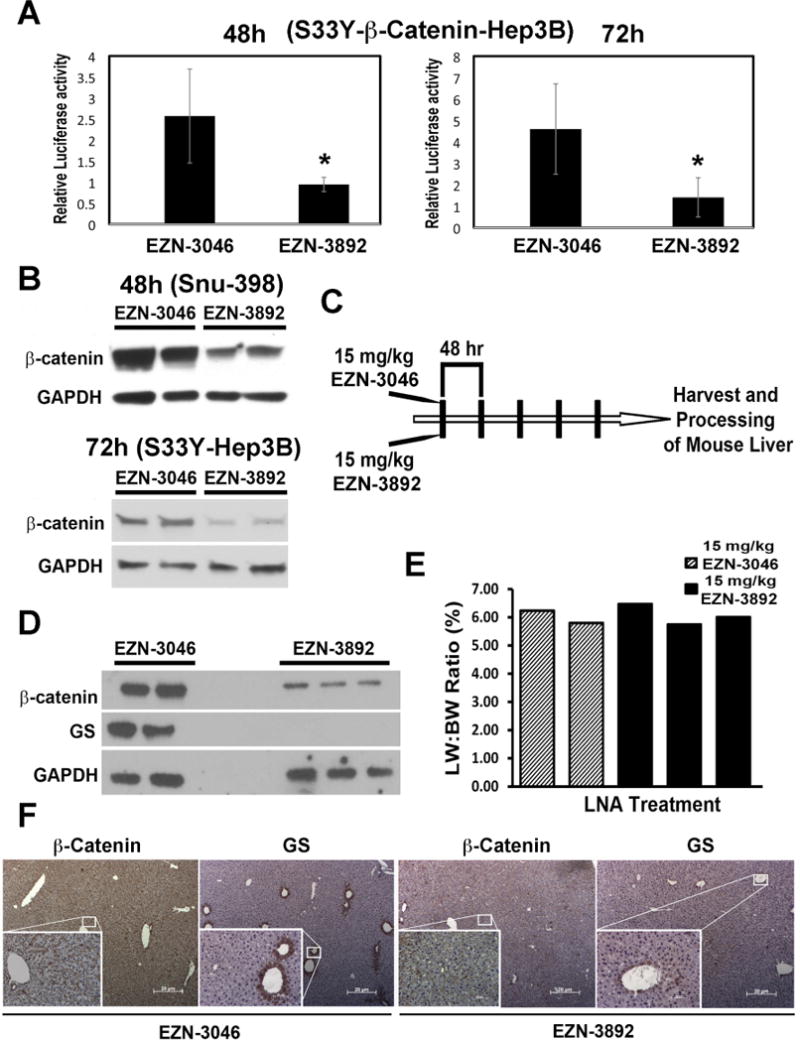Figure 1. Locked nucleic acid antisense effectively inhibits β-catenin expression and activity both in vitro and in vivo.

A. Treatment of S33Y-β-catenin-transfected Hep3B cells with 5μM β-catenin LNA (EZN-3892) decreases TopFlash reporter activity significantly (p<0.05) at 48h and 72h as compared to scrambled control LNA (EZN-3046).
B. Treatment of Snu-398 HCC cells that harbor mutation in CTNNB1, with 5μM EZN-3892 decreases total β-catenin protein at 48h as compared to EZN-3046. Decrease in β-catenin was also observed following 72h treatment of S33Y-β-catenin-Hep3B cells with EZN-3892. GAPDH verifies protein loading.
C. Schematic showing treatment of normal C3H/He adult male mice 5 times with EZN-3892 or EZN-3046.
D. WB from livers of EZN-3892 (n=3) or EZN-3046 (n=2) treated mice show a notable decrease in both β-catenin and GS in the former group. GAPDH verifies protein loading.
E. Comparable liver weight to body weight ratio were evident after 5 injections of EZN-3892 and EZN-3046.
F. A notable decrease in hepatic β-catenin staining as well as GS staining was evident in representative IHC from EZN-3892-treated mice as compared to EZN-3046 group. (Magnificantion-50X; Inset-200X).
